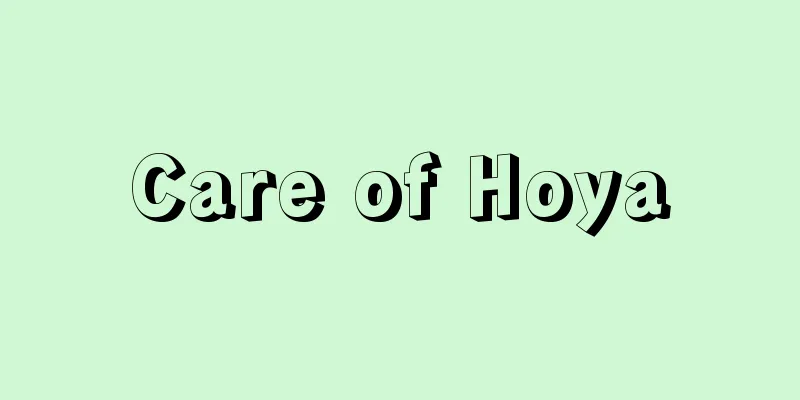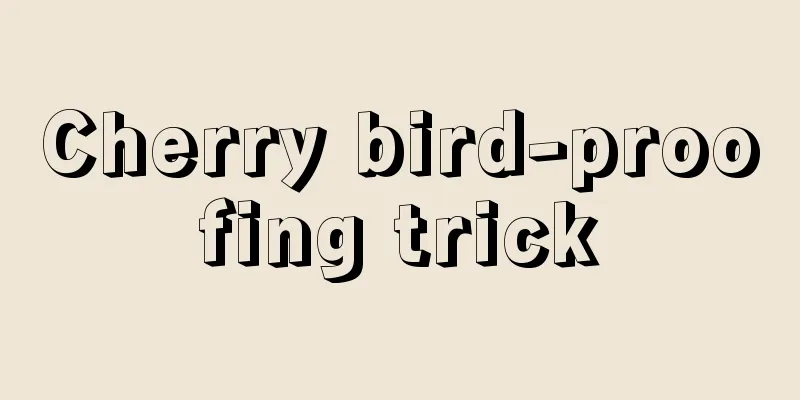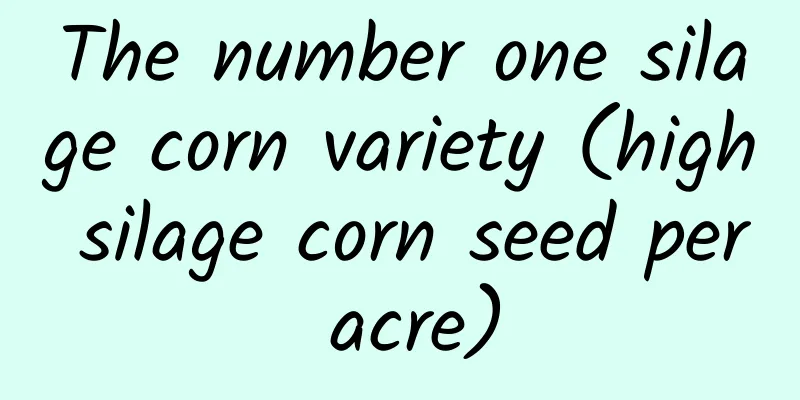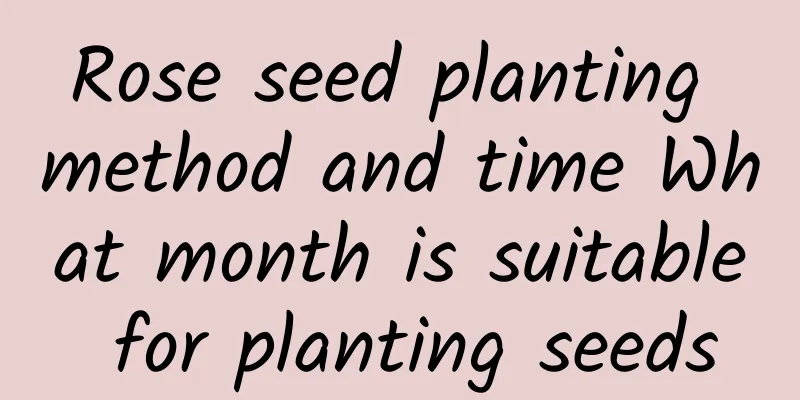Care of Hoya

Farming methodsSoil requirementsHoya likes fertile, breathable, well-drained soil, and does not like very sticky soil. It is best to choose loose, fertile, slightly acidic humus soil for potted plants. You can add an appropriate amount of vermiculite to the soil, or apply some superphosphate as base fertilizer, or you can use 7 parts of leaf mold mixed with 3 parts of coarse sand as the culture medium, the effect is very good. Watering methodThe leaves of Hoya are fleshy and contain a lot of water. When cultivating, it is necessary to ensure that they are kept moist and do not accumulate water. Too much watering will cause root rot, but too dry will affect growth, so water when the soil is dry and when the soil is wet. In midsummer, ensure sufficient water, increase watering appropriately, and spray water on the leaves frequently to increase air humidity. In autumn and winter, the temperature drops and the growth gradually slows down. At this time, you should reduce watering to once every two weeks. Light intensityBall orchid likes scattered light and semi-shaded environment. When caring for the ball orchid at home, place it on a south-facing windowsill in spring and autumn to ensure that the leaves are green; in summer, move the ball orchid to a shaded place indoors to avoid direct sunlight, otherwise it will easily cause the leaves to turn yellow. But it cannot be over-shaded. If there is insufficient light for a long time, the leaves will become dull and the flowers will be few and not bright. Temperature requirementsHoya is cold-resistant, and the most suitable temperature for its growth is 15~28℃. It can also grow well in high temperature environment. The ball orchid will enter a dormant state in winter. At this time, the ball orchid should be placed in a cool and slightly dry environment to allow it to fully dormant. The dormant temperature should be controlled at around 10℃. If it is below 5℃, it will easily get frostbite, which will then cause leaf fall and even death of the whole plant. Fertilization methodThe main fertilizers for fertilizing Hoya are organic fertilizers or compound fertilizers. Fertilize 1 to 2 times a month during the peak growing season. Choose a thin cake fertilizer water that combines nitrogen and phosphorus. At other times, because it grows slowly, fertilization should be reduced or stopped to avoid fertilizer damage. In summer, you can appropriately increase the frequency of fertilization and increase the content of phosphorus and potassium fertilizers to promote better bud formation and flowering. Timely pruningDuring the growth process of the ball orchid, it is necessary to pinch the top in time to promote better germination of new branches, and set up the flower stand in time to promote its upward climbing growth. When the ball orchid is about to wither, do not cut off the flower stems, let it fall naturally. Because the flowers of the Hoya will sprout at the same place on the flower stem in the second year, if the flower stem is cut off, it will affect the number of flowers of the Hoya. PrecautionsDo not move the flower pots randomlyFor Hoya that is in bloom, do not move the flowerpot frequently, otherwise it will easily cause buds and flowers to fall off. After the flowers fall, protect the flower stems to promote flowering next year. Pest and disease controlHoya is an ornamental flowering and foliage plant with emerald green leaves that are of great ornamental value. However, some diseases and pests may appear during the maintenance process, affecting the appearance. Common diseases and pests include anthracnose, rot disease, and leaf spot disease. Spray the pesticide in time after the disease is discovered. |
<<: Home cultivation methods and precautions for cornflowers
>>: Air plants - a fairy plant that anyone can keep alive
Recommend
How to propagate coral
Reproduction method As such a versatile plant, le...
Can snakeberry be eaten? What are its effects and functions?
1. Can snakeberry be eaten? Snakeberry can be eat...
What is the best month to plant chickpeas?
When to plant chickpeas Chickpeas are generally p...
Lavender sowing time and method, how to collect lavender seeds
1. Sowing time Lavender is usually sown in spring...
Heather cultivation methods and precautions
How to cultivate heather soil Photinia does not h...
Lavender flowering time
1. Flowering time Lavender is an evergreen herb t...
What fertilizer is good for Chinese toon trees?
Overview of Fertilization for Toona sinensis Chin...
How to grow the bald mulberry tree when it comes down from the mountain without roots
1. Prepare the culture soil When growing bearded ...
How to grow Begonia truncatum
1. Breeding environment 1. Watering: The iron hib...
Can grass ash be used as fertilizer? What are its uses?
Grass ash fertilizer is an insoluble substance. I...
How many years does it take for greenhouse cherries to bear fruit?
Introduction to greenhouse cherry cultivation Gre...
Four-season maintenance methods of pine red plum
Spring maintenance Pine Red Plum likes a cool, hu...
The correct way to change the pot and soil of Bougainvillea
After caring for bougainvillea for a few years, m...
The yellowing of lily of the valley leaves is due to improper maintenance. Don’t miss the opportunity to remedy the situation.
1. Improper watering There are many things to pay...
The cultivation methods and precautions of Dianthus superbus
Characteristics of Superbus As I said, only by un...









